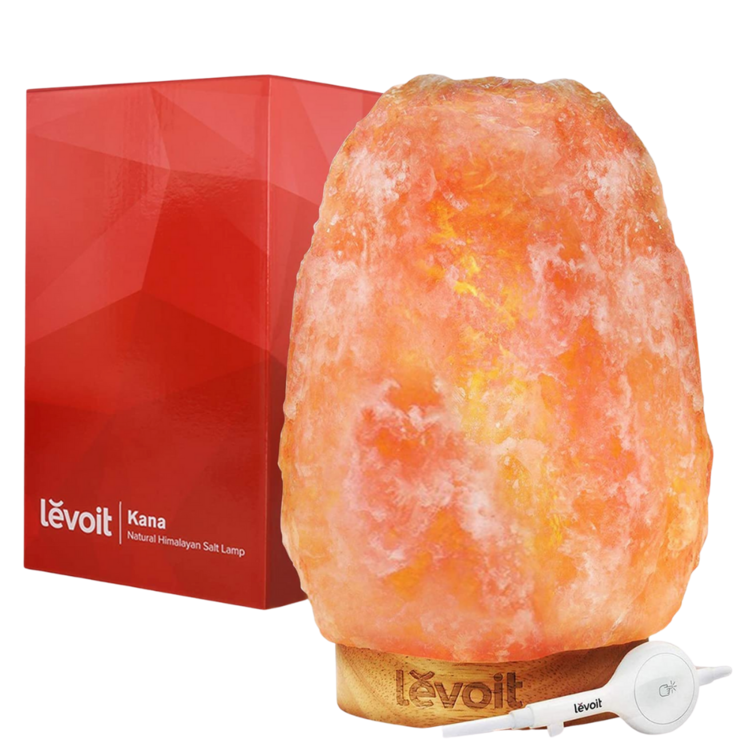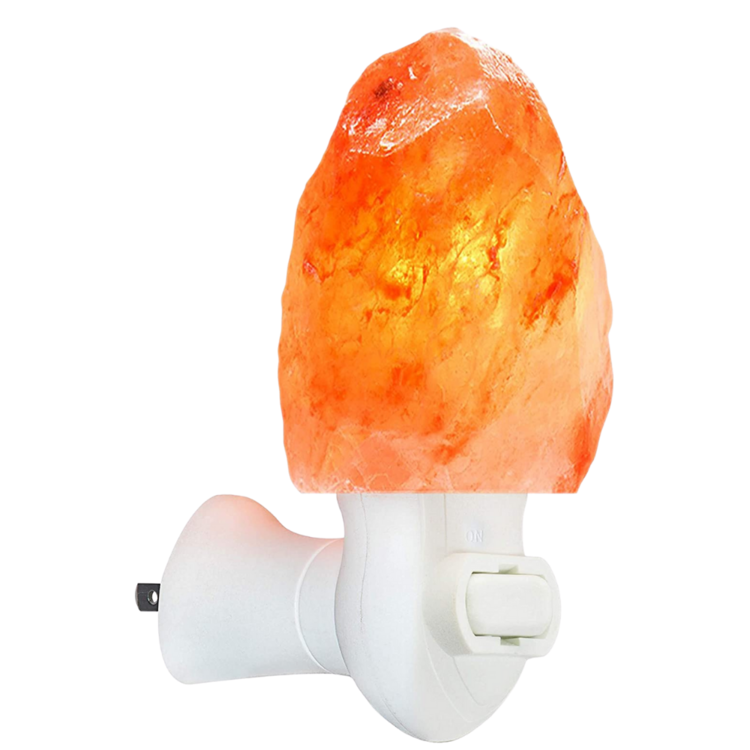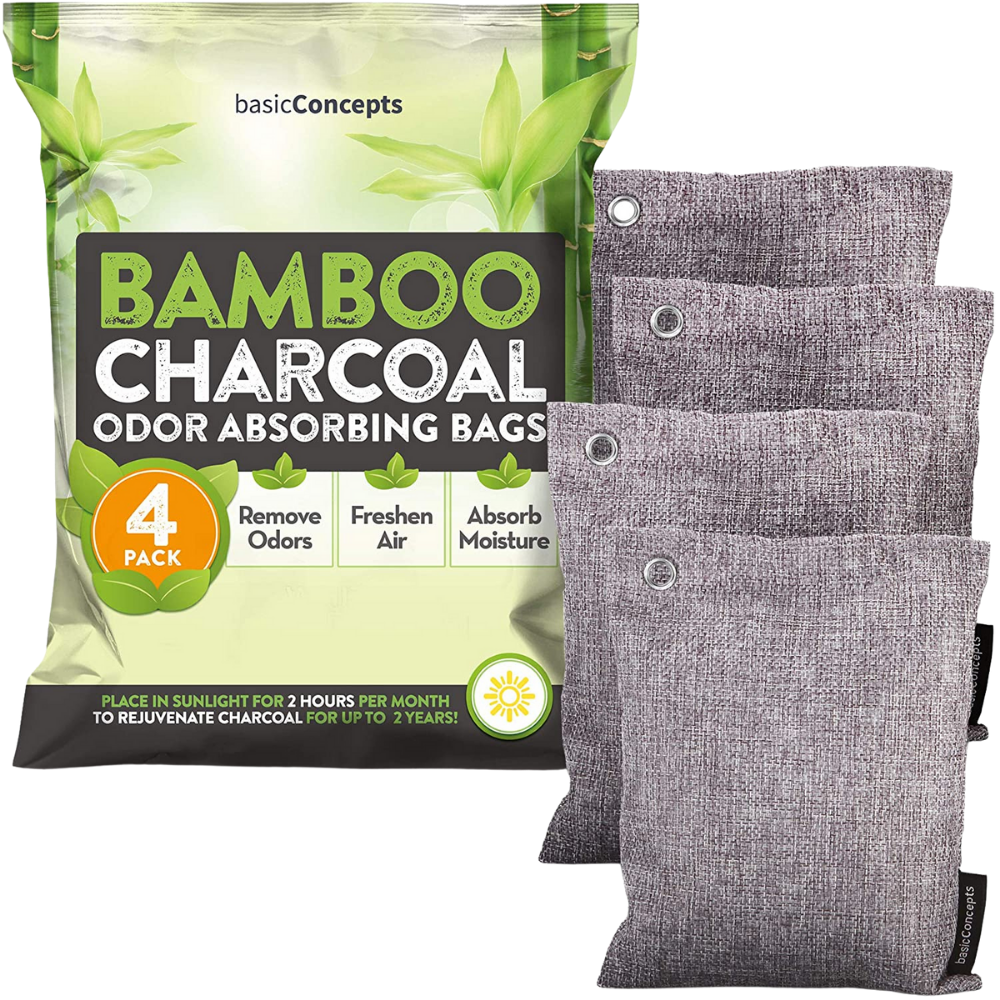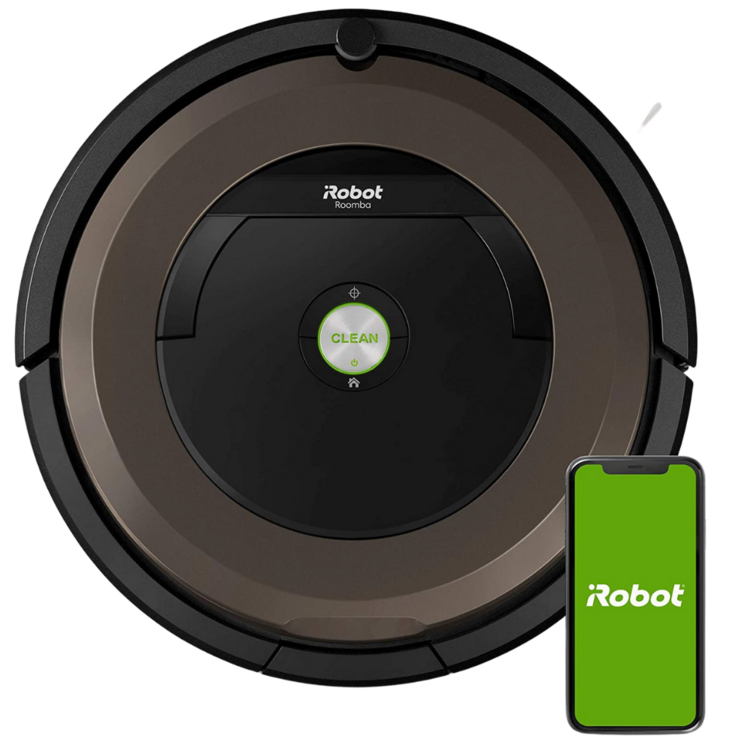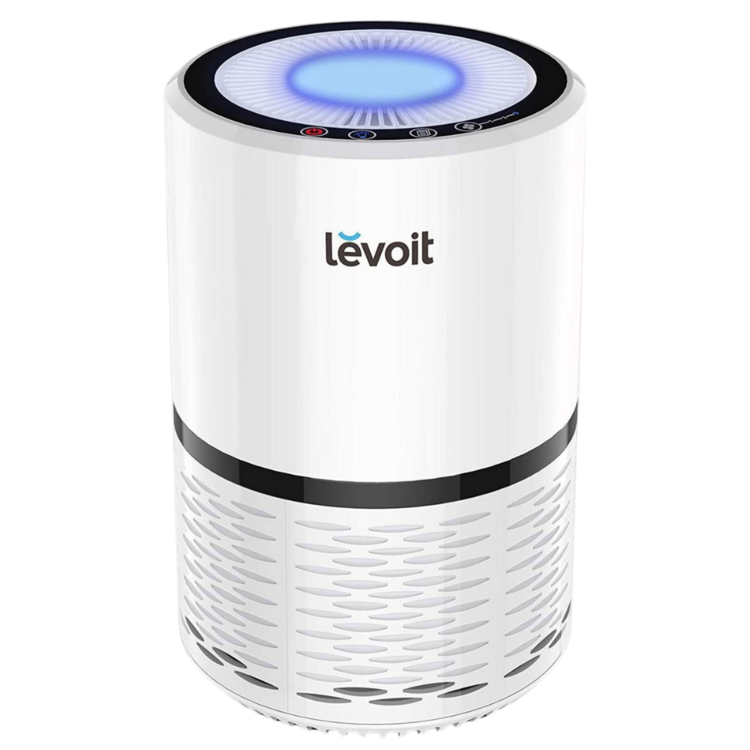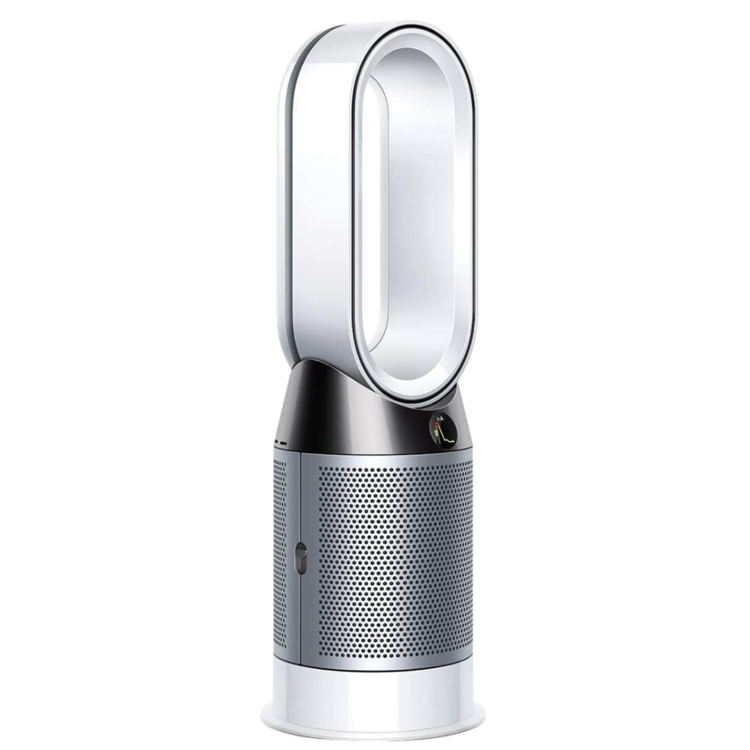How Indoor Air Quality Impacts Your Health
This post contains affiliate links, through which we may earn a small commission if you choose to purchase, at no additional cost to you. We only share products or services we personally use & recommend!
Sad fact: Indoor air quality is usually far worse for your health than the air right outside your home.
Most people are pretty shocked to learn that our home’s indoor air quality may not be very healthy for us, and even more surprised to learn what causes it.
Why indoor air gets polluted
The lovely things inside your house—everything from flooring to paint to mattresses and furniture—contain chemicals that off-gas into the air you breathe.
These harmful toxins like formaldehyde (found in paper products and synthetic fabrics), benzene (in plastics, dyes and detergents) and VOCs (volatile organic compounds, in paints and varnishes) can cause symptoms such as allergies and inflammation, dizziness and drowsiness. Long-term exposure is linked to damage to the liver, kidney and brain, as well as certain types of cancer.
Scary, right?
How to improve your indoor air quality
Your best bet for improving your indoor air quality is to limit the toxins you bring into your home in the first place.
That means using safe cleaning products, candles and air fresheners, and doing your best to purchase safer product alternatives—like VOC-free paint, mattresses without flame retardants, and formaldehyde-free furniture. (We’ve got lots more detail on non-toxic home supplies and decor in our Healthy Home Guide, if you’re interested!)
But if you live in a rental unit you can’t paint, or if you already have furniture that’s stuffed with alarming materials, you can turn to the next best option: purifying your indoor air with natural air purifiers.
Natural air purifiers for your home
There are several natural air purifiers that can help pull toxins from the air inside your home:
Himalayan salt lamp
Himalayan salt lamps are essentially a big piece of Himalayan salt with a lightbulb inside. It cleans the air by emitting negative ions that bind to and neutralize positive ions nearby.
(Negative ions are more prevalent in nature—in plants, thunderstorms, sunlight and moving water like crashing waves and waterfalls—whereas positive ions are emitted by electronics, mold, bacteria and allergens. Negative ions increase the flow of oxygen to the brain and are considered “healthier”; studies show they contribute to improved mood and concentration, increased energy and reduced allergy and asthma symptoms.)
The lamp is most effective when it’s turned on, as the heat helps release negative ions from the salt. Some Himalayan salt lamps have a dimmer, so you can sleep with it on its lowest setting (and get those benefits all night long!) if its gentle orange glow doesn’t bother you. (Or, you can even get a Himalayan salt night light for nighttime use!)
Salt lamps come in different sizes suitable for different spaces, so for a larger room you’ll want a larger lamp to release more negative ions. There are many brands to choose from, but just be sure your lamp is pure, food-grade Himalayan salt.
Here are some of our favorite Himalayan salt lamps for purifying your indoor air:
Activated charcoal
Activated charcoal is known as a natural food poisoning remedy and teeth whitener, and it can also be used for absorbing odors and pollutants in your home. Due to its incredibly porous properties, activated charcoal effectively absorbs chemicals (including VOCs), bacteria, pollen and moisture from the air.
Air-purifying bags of bamboo charcoal are great for removing odors, toxins and allergens from your home (and also your car!). They last for several years and you can “re-charge” them by setting them in sunlight for a few hours.
Air-purifying plants
Many houseplants effectively filter VOCs from the air around them. NASA actually conducted a study on this and suggested one houseplant per 100 square feet of space.
Some of the best air-filtering plants, as tested by NASA, are:
English ivy
snake plants
peace lilies
chrysanthemum
parlour palm
lady palm
Many of these plants are readily available at your local greenhouse/nursery or home improvement store.
HEPA filter vacuum
Using a vacuum with a HEPA (high-efficiency particulate air) filter helps to remove pollutants and allergens from your home by targeting much smaller particles than a typical filter. The filter doesn’t have any effect on gases (such as VOCs) but does help to remove other pollutants such as dust and dander that can contribute to poor air quality.
Many different types of vacuum cleaners come with HEPA filters these days, including the increasingly popular robot vacuums.
Here are some of our favorite HEPA filter vacuums for a healthy home:
HEPA air purifiers
And, if you’re looking for even more oomph in cleaning your home’s indoor air of allergens and toxins, there are a variety of effective HEPA air purifiers that are specifically designed to do that. These high-powered air purifiers tend to be more pricey than the natural air purifiers listed above, but would certainly be beneficial in some cases.
Air purifiers are rated for a certain room size, so different models would be suitable for different sized rooms—just be sure to check the product specifications to be sure it meets your home’s needs.
Here are our favorite HEPA air purifiers for a healthy home:
Healthy Home Guide
Our Healthy Home Guide (part of our Wellness Library of healthy living guides + resources) covers all things healthy living at home:
✔️ hidden toxins in your home (uh-oh!) and ways to limit them
✔️ practical tips for purifying your indoor air, choosing nontoxic furniture, keeping your home clean + more
✔️ our favorite sources of nontoxic home products
✔️ a Healthy Home Checklist to work off of for your own home
FOUR WELLNESS TIP
Use one (or several!) of the natural air purifiers above to improve the indoor air quality in your home.


